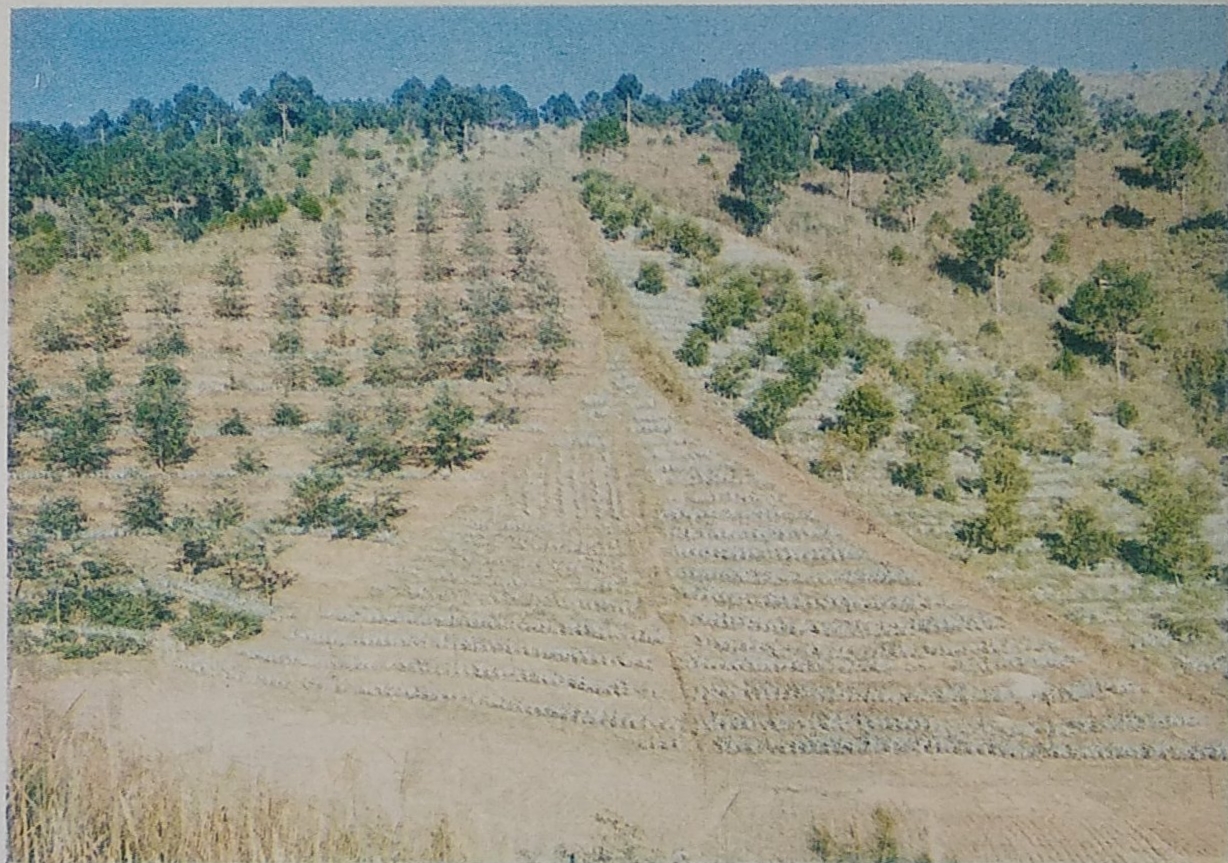The overall purpose of my research is to focus on sustainable development. The changing climate and rapid population growth have increased the demand for food and water resources. My research strives to meet these expectations by implementing sustainable resource management practices.
RESEARCH INTEREST
- Climate impact assessment of water and environmental resources
- Hydroclimatology
- Remote Sensing
- Hydrologic Extremes
- Hydrological/hydraulic modeling
- Deep Learning
- Statistical analysis
RESEARCH EXPERIENCES

Model Development of Variable Infiltration Capacity (VIC)
Drainage, sometimes known as subsurface tile drainage, is critical for water and nutrient management in places with high water tables. The primary cause of hypoxia in Mississippi is uncontrolled nitrogen loss from fields and watersheds. This study focuses on integrating tile drainage into the VIC model to improve water and nutrient management and decision making.

Climate Change Implications on Rainfall and its Characteristics
The study developed high-temporal resolution precipitation data using in-situ and NetCDF datasets, and created PrecipTDS, an R-package for generating future 15-minute rainfall projections from various climate models. It quantified mid-century rainfall erosivity under climate change in the Southeast United States and developed artificial neural network-powered rainfall intensity-duration-frequency curves for future climate scenarios. Additionally, the study quantified uncertainty in these curves using bootstrapping resampling techniques.

Assessing Runoff, Soil Erosion, and Erosion Potential in Hilly Watersheds: Field and Simulation Studies on different Farming Systems under changing climate
In this study, best practice management was developed under changing climate. A processed based soil erosion model was used to simulate different farming system.

Hydraulic Modeling for River Discharge
This reseaerch conducted through analysis using the HEC-RAS hydraulic model to evaluate 1-D unsteady flow, focusing on two prominent rivers: Chattahoochee and Godavari. Collected and analyzed daily weather station data alongside meticulously measured river cross-sections and flow discharge. Resulted in the development of a comprehensive HEC-RAS model, contributing to a deeper understanding of hydraulic dynamics and water resource management.